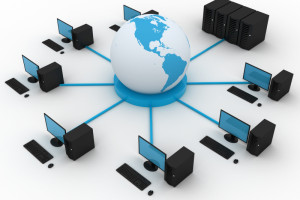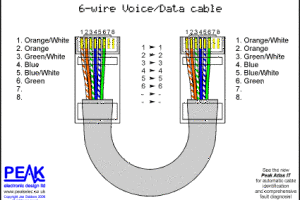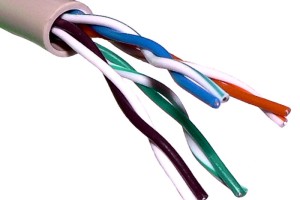Prepping a Networking System for a Hurricane
When a hurricane comes racing through town, people are generally thinking of the basic amenities like food, shelter, and warmth. Once these necessities are taken care of, it’s time for most to relax on the couch with a stash of candles, a good book and a warm blanket. The power may go out, and there’s not a whole lot anyone can do about it. Well, network cabling companies were trying to prepare as much as possible for the wrath of Hurricane Sandy, to minimize damage and wait times in the aftermath. This begs the question, what can network cabling companies do to prepare for something like a hurricane?
As Sandy came whipping up the northward up the east coast, companies took a variety of different precautions in an attempt to stem the effects of this unpredictable severe weather. FairPoint Communications worked hard to have no interruption in their telephone service by backing up its network on large batteries and generators run on gas. They have also devised an emergency planning team who gathered extra supplies, like cabling and poles, and waited at the ready to dispatch teams wherever any damage took place.
Verizon decided to put all internal training and construction projects on hold so they could dedicate their service to customers in need. They used their resources to create portable cell sites that could quickly replace damaged cell towers, and worked with non-Verizon partners to find equipment to make repairs as efficiently as possible.
Many communication and cabling companies offer hurricane preparation guidelines and checklists for their clients. They recommend that, especially with a large system, you let a professional handle the preparation of core systems to try to reduce any harm to the expensive equipment and also to minimize any down-time after the storm has finished. They strongly encourage taking the latest backup offsite to a safe location, just in case there is building or structural damage. And it never hurts to have multiple drives or copies in various locations. Obviously, the main step to not forget is turning off and unplugging all equipment, including secondary servers, printers, and your network switch. After the storm, once the power has stabilized, if you still require help, these companies can offer hourly network rebuilding services and data recovery; though, hopefully, you won’t need it.
Some companies, like AT&T, are striving to take steps before the hurricane to help those who will inevitably be in need. They set up a donation based texting fund to the American Red Cross, the Salvation Army, and the American Humane Society. The texts are free, all of the proceeds go directly to the charities and customers are charged on their monthly AT&T bill. They also put out some helpful tips for their customers during the storm – keep your phone charged, have a back-up charging plan, forward your home number to your wireless number in case of evacuation, and text message instead of call when possible.
Every company had their own idea of how to prepare, and while there was definitely effort put into the process, the fact remains that storms hold a power we cannot compete with, and sometimes our efforts are in vain. The good news is that the storm damage opens up a lot of new network cabling jobs, so start looking now.




